The Founder's Field Guide to Mobile App Types: Decisions That Drive Growth
Stop wasting money on the wrong mobile app type - our comprehensive guide helps you pick the perfect solution for your unique business needs.

The smartphone in your pocket has more computing power than the systems that guided Apollo 11 to the moon. Yet most of us use this extraordinary technology to scroll through social media and play games where cartoon birds navigate between pipes. This dichotomy between potential and practice isn't just amusing—it's where the real opportunity lies for businesses today.
I've spent over a decade building apps at 1985 Software Solutions. During this time, I've watched countless businesses agonize over which type of mobile app to build. Native or hybrid? Mobile web or progressive? The choices seem endless, and the stakes feel impossibly high.
They're right to worry. The wrong choice can burn through your budget faster than a Silicon Valley startup with free lunch perks. The right choice, however, can transform your business, creating new revenue streams and customer connections that weren't possible before.
Let's cut through the noise. This isn't just about technology—it's about strategy. Each app type has specific strengths, limitations, and use cases that either align with your business goals or sabotage them from day one.

Native Apps: The Gold Standard
Native apps are built specifically for one operating system—iOS or Android—using the platform's preferred programming language (Swift/Objective-C for iOS, Kotlin/Java for Android). They're the thoroughbreds of the mobile app world: sleek, powerful, and optimized for performance.
The benefits are clear and compelling. Native apps offer unparalleled performance, seamless integration with device features, and a polished user experience that feels "at home" on the device. They can access all hardware features directly—camera, GPS, accelerometer, and more—without awkward permission dialogs or compatibility issues.
Consider Robinhood, the investment app that made stock trading accessible to millions. Its lightning-fast execution and smooth animations would be nearly impossible without native development. Similarly, Instagram's camera integration and real-time filters demand the performance only native code can provide.
But this excellence comes at a cost—literally. Building separate apps for iOS and Android essentially doubles your development budget. Each platform requires its own specialized developers, its own codebase, and its own maintenance cycle. Updates must be made twice, tested twice, and deployed twice.
The decision matrix is clear:
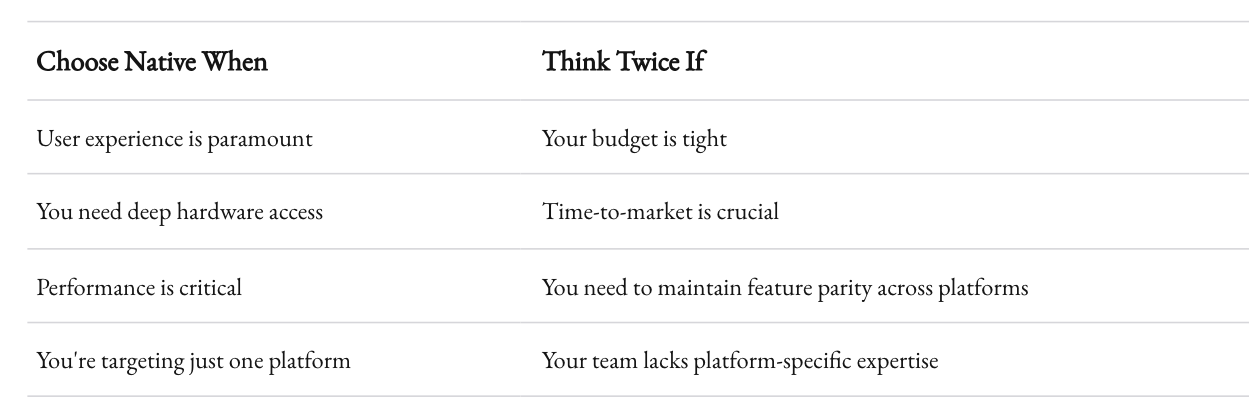
I recently worked with a fintech startup that chose native development for their trading platform. The app needed to process market data in milliseconds and render complex charts with zero lag. Native was the only option that could deliver this level of performance. The investment paid off—their user base grew 300% in the first year, with users specifically mentioning the app's speed and reliability in reviews.
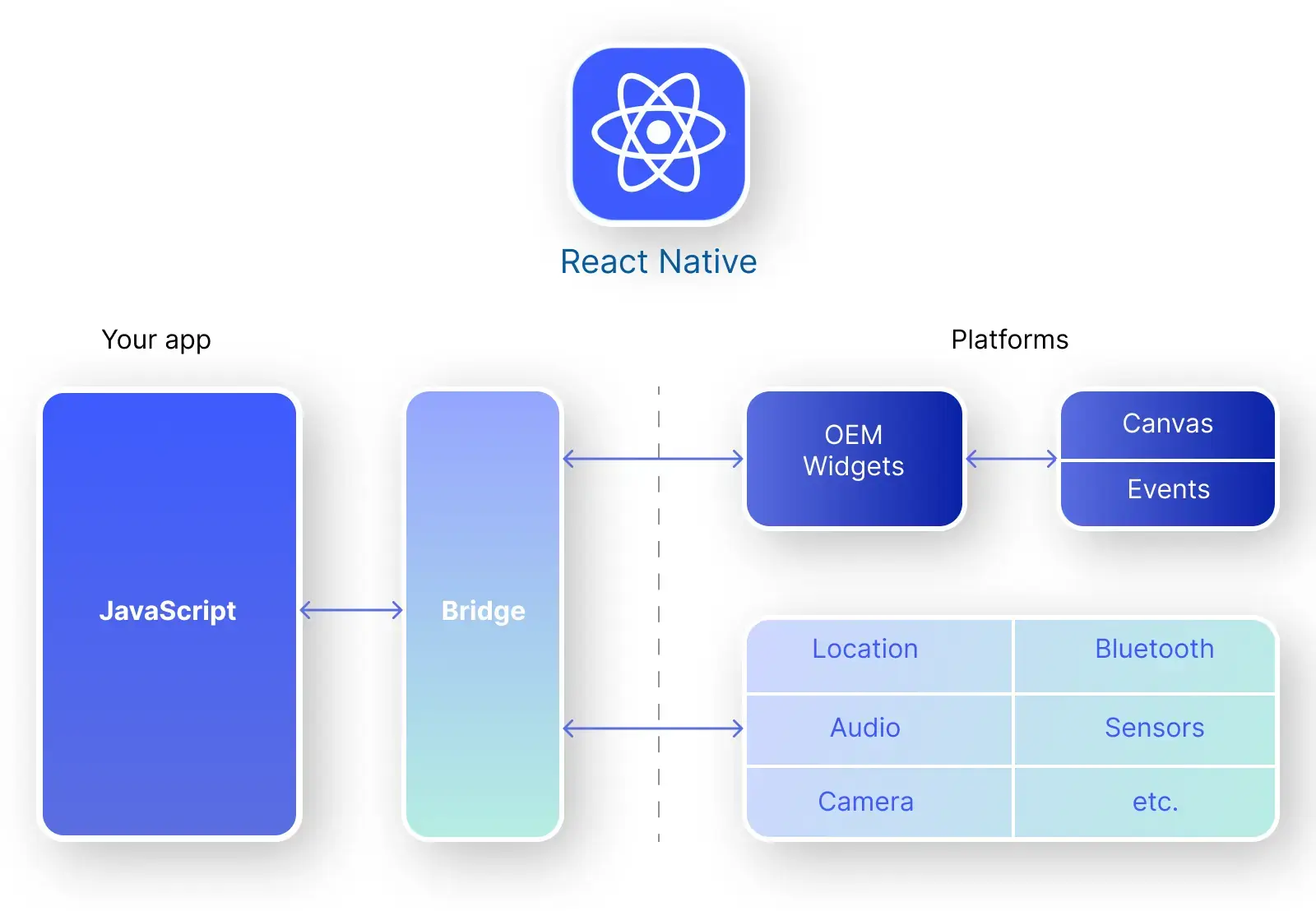
Cross-Platform Apps: The Pragmatic Middle Ground
Cross-platform frameworks like React Native, Flutter, and Xamarin have emerged as powerful alternatives to fully native development. They allow developers to write code once and deploy it to multiple platforms, offering significant cost and time savings.
These frameworks compile to native code or use native components, resulting in performance that approaches—though rarely matches—fully native apps. For many business cases, this "near-native" experience is more than good enough, especially when weighed against the cost benefits.
Airbnb initially embraced React Native for its app development. The ability to update both iOS and Android simultaneously allowed them to roll out new features at unprecedented speed. While they eventually moved back to native for specific reasons (including maturity of the framework at the time), their case illustrates both the promise and the evolution of cross-platform development.
Discord, the gaming communication platform, built its mobile experience with React Native and achieved impressive results. Their small mobile team maintains feature parity across platforms while delivering performance that satisfies even their demanding gamer audience.
The trade-offs are subtler than they might initially appear:

One of our clients, a meal delivery service, faced a dilemma: they needed both iOS and Android apps to capture the full market, but their startup budget couldn't support two native development teams. We built their MVP with Flutter, allowing them to launch on both platforms simultaneously with a single development team. The result? They reached market three months sooner than planned and secured their next funding round based on strong early adoption.
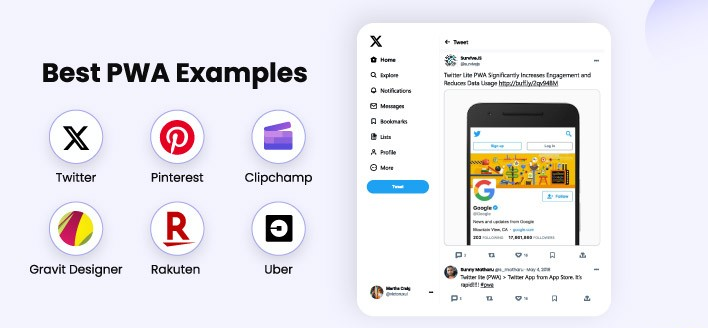
Progressive Web Apps (PWAs): The Web-Based Contender
Progressive Web Apps represent a fascinating hybrid approach—they're essentially websites that act like native apps. Using modern web technologies, PWAs offer app-like experiences through the browser, with the ability to work offline, send push notifications, and even appear on the home screen without going through app stores.
The Washington Post saw a 23% increase in mobile search users who return within 7 days after implementing a PWA. Twitter's PWA led to a 65% increase in pages per session and a 20% decrease in bounce rate. These are significant metrics for any business concerned with engagement and retention.
Starbucks' PWA is particularly instructive. It's 99.84% smaller than their iOS app, yet provides core functionality like menu browsing and ordering even when offline. This approach made sense for a company where most customers just want to check the menu and make basic orders—tasks that don't require native performance.
The PWA approach offers distinct advantages:

For a retail client with an established web presence but lagging mobile engagement, we recommended a PWA approach rather than starting from scratch with native apps. Within three months, they saw mobile conversion rates increase by 32%, and the average session length grew by over a minute. The ability for customers to "install" the PWA to their home screen created the persistent presence they needed without the development overhead of native apps.

Hybrid Apps: The Webview Approach
Hybrid apps use a native "shell" that embeds a webview—essentially a browser window stripped of its browser interface—to display web content. This approach, using frameworks like Ionic or PhoneGap, allows developers to use web technologies (HTML, CSS, JavaScript) while still packaging the result as an app for distribution through app stores.
Evernote used hybrid approaches for parts of their app that didn't require native performance, allowing them to iterate quickly on new features. Amazon's Shopping app intelligently combines native components for performance-critical features with hybrid approaches for content-heavy sections.
The hybrid approach offers specific benefits:

We worked with a publishing company that needed to transform their digital magazine into an app experience. Their content was already web-optimized, and their team had deep web development expertise but no mobile experience. A hybrid approach allowed them to leverage their existing content pipeline while gaining the distribution benefits of app store presence. The result was a 40% increase in subscription renewals compared to their previous web-only offering.

Mobile Web Apps: The Lightweight Option
Mobile web apps are websites optimized for mobile devices. Unlike PWAs, they don't offer offline functionality or home screen installation, but they provide immediate access without any download or installation steps.
The Financial Times famously opted for a mobile web approach rather than native apps, partly to avoid App Store revenue sharing but also to maintain complete control over their user experience and content distribution. For a news organization, the immediacy of web access outweighed the benefits of native integration.
Google Maps started as a mobile web experience before eventually developing native apps. The initial web approach allowed them to reach all devices quickly and establish their service, while the later native apps added performance and offline capabilities as the product matured.
Mobile web makes sense in specific scenarios:

A hospitality client came to us wanting to create a digital concierge experience for hotel guests. After analyzing their requirements, we concluded that a mobile web approach made more sense than an app—guests were unlikely to download an app for a short stay, but would readily use a web link provided at check-in. The mobile web solution achieved 68% adoption among guests, compared to the industry average of 20% for similar hotel apps.

Super Apps: The All-in-One Ecosystem
While not as common in Western markets, super apps have dominated in Asia. These are all-in-one platforms that combine multiple services and mini-applications within a single ecosystem. WeChat, for instance, started as a messaging app but now encompasses social media, payments, food delivery, ride-hailing, and dozens of other functions.
Grab, the Southeast Asian super app, evolved from a ride-hailing service to include food delivery, digital payments, and financial services. This expansion allowed them to retain users within their ecosystem and significantly increase average revenue per user.
The super app model works when:

This is an emerging model in Western markets, with companies like Meta (Facebook) attempting to create their own ecosystems of connected apps and services. The success of these attempts remains to be seen, but the potential for increased user engagement and cross-service synergies is significant.

Instant Apps: The Try-Before-You-Buy Option
Google's Android Instant Apps allow users to try applications without installing them. They load quickly, run immediately, and require no installation, offering a frictionless way to experience an app's core functionality.
Hollar, a mobile shopping app, implemented Android Instant Apps and saw their conversion rate increase by 20%. Vimeo's instant app allows users to watch videos immediately, removing barriers to content consumption.
The instant app approach shines in specific contexts:

For an e-commerce client, we implemented an Android Instant App version of their product browsing experience. This allowed potential customers to explore products immediately from search results, without committing to a full app installation. The result was a 27% increase in product views and a 15% increase in eventual app installations as users who liked the instant experience chose to download the full version.

Augmented Reality (AR) and Virtual Reality (VR) Apps
AR and VR apps represent the cutting edge of mobile experiences, overlaying digital information on the real world or creating entirely new digital environments. While still emerging, these technologies are rapidly finding practical applications beyond gaming.
IKEA Place lets customers visualize furniture in their homes before purchasing. Warby Parker's app allows users to try on glasses virtually, solving a key pain point in online eyewear shopping. Both examples showcase practical applications of AR that directly address business challenges.
The consideration matrix for AR/VR is unique:

Working with an architecture firm, we developed an AR app that allowed clients to visualize proposed designs in their actual space. This transformed their sales process—clients who experienced their designs in AR were 40% more likely to approve projects and reported greater satisfaction with the final results. The technology wasn't just a gimmick; it solved a real communication problem in their industry.
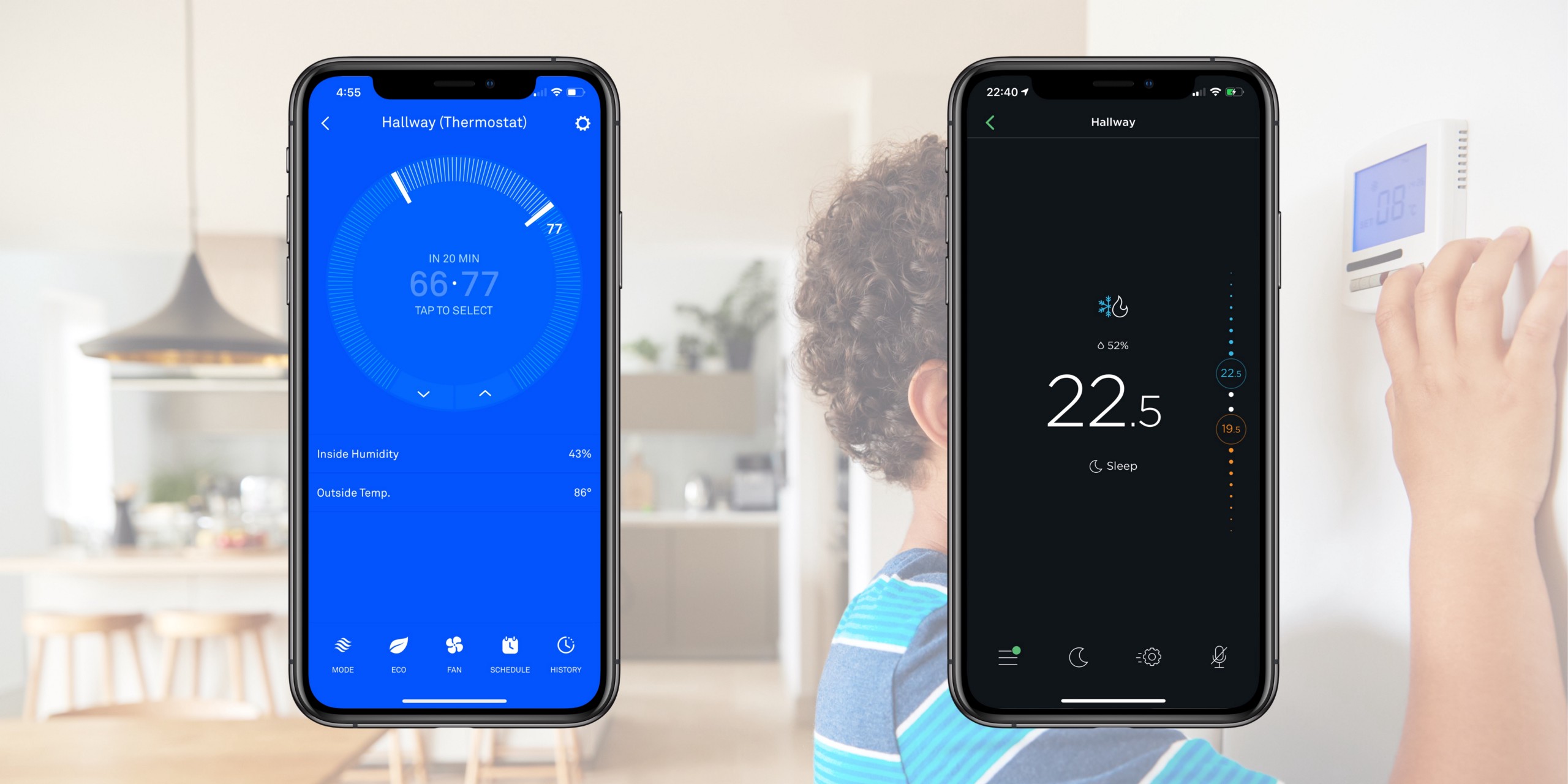
IoT and Wearable Apps
The Internet of Things has spawned a category of apps designed to interact with connected devices and wearables. These range from simple fitness trackers to sophisticated home automation systems.
Nest's app turns smartphones into smart home control centers. Fitbit's app transforms fitness data into actionable insights. Both succeed by making complex systems accessible through intuitive mobile interfaces.
The considerations for IoT and wearable apps include:

For a healthcare client, we developed an app that connects with wearable blood pressure monitors to track patient readings between appointments. The system automatically alerts healthcare providers to concerning readings, allowing for earlier intervention. The result has been a 35% reduction in emergency room visits among monitored patients—a clear example of mobile technology solving a real-world problem.

Choosing the Right App Type for Your Business
After reviewing all these options, you might feel more confused than when you started. So let's simplify the decision process with a framework I've used with dozens of clients:
- Define your primary goal: Is it revenue generation, brand awareness, customer service, or something else?
- Identify your constraints: Budget, timeline, technical resources, and ongoing maintenance capacity.
- Understand your users: Their devices, technical sophistication, connection reliability, and usage patterns.
- Map features to requirements: Which app functions absolutely must work offline? Which need native device access?
- Consider your evolution path: How might your app needs change as your business grows?
Sometimes the answer isn't selecting a single approach but combining them strategically. A progressive web app might serve as your initial market entry, followed by native apps for power users. Or you might use a hybrid approach for quick market validation, then reinvest in native development once you've proven the concept.
A client in the hospitality industry took exactly this approach. We launched with a mobile web app to establish their service quickly across all devices. When user data revealed that a core segment of frequent users would benefit from offline access and push notifications, we developed a progressive web app that addressed these needs while still maintaining the accessibility of the web approach. Only later, when the business had scaled significantly, did we invest in native apps to provide the premium experience their most valuable customers expected.
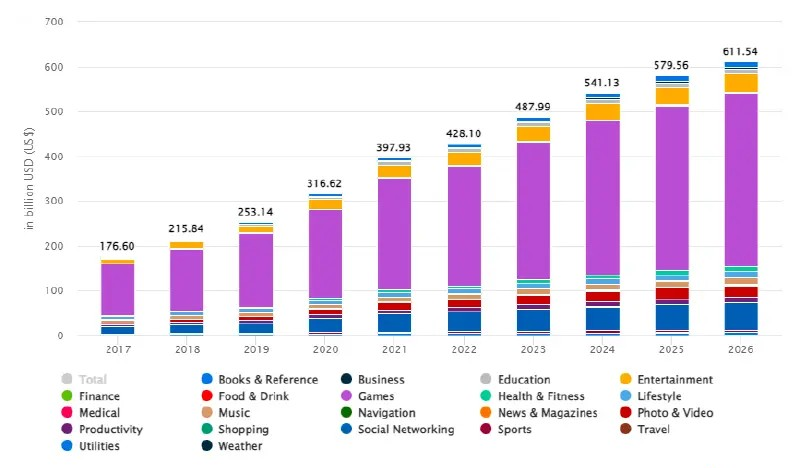
The Technology Landscape is Always Evolving
This guide captures the current state of mobile app development, but the field continues to evolve rapidly. New frameworks, tools, and approaches emerge regularly, sometimes disrupting established patterns.
Flutter has gained significant momentum for cross-platform development, challenging React Native's earlier dominance. Apple and Google continuously enhance their native platforms with new capabilities. Web technologies keep closing the gap with native performance.
The wisest approach is to remain flexible and pragmatic. The "perfect" technical solution is the one that meets your business goals, satisfies your users, and fits within your constraints—not necessarily the one that makes the most elegant use of the latest technology.
It's About Business, Not Technology
After building apps for over a decade, I've learned that technical decisions have business consequences, and business requirements should drive technical choices—not the other way around.
The most beautiful, technically impressive app is worthless if it doesn't serve real business needs or if it bankrupts you before reaching the market. Conversely, even a relatively simple app that perfectly addresses a market need can transform a business.
At 1985 Software Solutions, we've seen startups achieve remarkable growth with strategically chosen mobile apps. We've watched established companies revitalize their customer relationships through thoughtful mobile experiences. The common factor in these success stories isn't technical sophistication—it's alignment between business strategy and technical approach.
So as you consider your mobile app options, start with your business objectives and work backward to the technology. The right choice isn't universal; it's specific to your context, constraints, and goals. And remember—in today's rapidly evolving technological landscape, flexibility and adaptability may be your most valuable assets.



